Health services in the Highlands are providing a new area of exploration for satellite technology more used to reaching for the Moon.
Diabetes patients in rural areas with poor internet access are being connected to specialists in Inverness via GP surgeries.
Following encouraging results from trials it is now hoped the project can be rolled out further.
Satellites can help save NHS Highland time and money
Bringing health specialists virtually to the community to help manage people at home can save the NHS time and money and perhaps even cut waiting lists.
It could also provide a more equitable service for rural patients and help tackle predicted staff shortages.
The project has allowed rural patients with diabetes-related foot ulcers to hold video conferences with community podiatrists and specialists based in Raigmore Hospital.
They were given personalised advice on foot care and risks, as well as on lifestyle.
There are nearly 19,000 people with diabetes in the Highlands and some can travel up to 200 miles for specialist services.
Dispersed populations, increasing centralisation of health services, limited public transport and lack of online connectivity can present significant issues in accessing services.
Monitoring and management of diabetes-related foot problems is costly for the NHS through primary and community care, outpatient costs and prolonged hospital stays.
Foot ulcers and amputations are the most common (47%) cause of diabetes-related admissions and cost around £80 million a year in Scotland.
It is hoped regular education and consultation can improve the healing of foot ulcers and reduce amputations.
The Reducing Amputations in Diabetes (RAPID) initiative is part of the Connected Health Project which involves NHS Highland, the University of the Highlands and Islands (UHI) and University of Aberdeen.
From the Moon and Mars to Torridon and Foyers
Industry partners include the Goonhilly Earth Station in Cornwall.
It provided communications support for NASA’s Artemis 1 Mission, part of a series that will enable exploration to the Moon and Mars.
Goonhilly was responsible for distributing live satellite feeds of the Apollo Moon landing in 1969 and the Live Aid concert in 1985.
UHI received £73,596 from the European Space Agency to help implement and evaluate the trial in three areas – Torridon, Connell and Foyers.
This involved using geostationary satellites to connect the surgeries to Raigmore via the Goonhilly station.
One of the results of the pilot will see NHS Highland explore the use of virtual reality headsets to help consultations.
Professor Sandra MacRury, professor of clinical diabetes at UHI, said the remote consultations worked well.
She said linking patients to health specialists remotely using satellites can help with preventative care.
“If you treat foot ulcers more timely you may stop amputations.
“There is evidence to say people with access to the multi-disciplinary foot team have less chance of ulcerations, so we’re trying to make sure that is available to people in the community.”
Prof MacRury said satellite technology could help tackle a future issue of retaining and recruiting NHS staff.
“If we have a smaller workforce it is less flexible. So technology will have a greater role to play in taking the team to patients and communities.
Satellites can enable service connectivity in Highlands
“From an economic point of view, it is pretty expensive to send specialists out to a small number of people in remote areas.
“If they stay centrally they can see more people, but at a cost to people and carers coming to Inverness.
“What we want to do is keep that specialist input in the community without either having to move. Satellites can enable that connectivity.”
Claire Mackenzie, podiatry professional lead, West Highland podiatry services, based in Lochalsh, said the service is helping break down distance barriers for rural patients.
“Before, it was a bit of a trek to go to hospital. This saves people travelling to Inverness when it’s on their doorsteps.
“It provides reassurance for patients when the messages we give them are reinforced by people in Raigmore.
“It breaks down boundaries and makes consultations more accessible and less intimidating if they can go to the local surgery rather than to a hospital.
“It means people are more willing to attend appointments and that can help reduce the number ulcerations and amputations and, ultimately, people’s stay in hospital.
“So it is saving time and travel, and also will save the NHS money in the long run.”
John Macfarlane, a retired brigadier and formerly Ministry of Defence director of education and training services (Army), has Type 2 diabetes.
He regularly travels 12 miles from his home in Taynuilt to the GP surgery in Connell, north of Oban.
Mr Macfarlane, 82, has now successfully used the satellite service twice.
‘It’s the way forward’ for rural health
“I was faultlessly connected to Inverness and was able to assure people this sort of consultancy is very valuable indeed.
“I can see consultancy online could be very effective and put you in touch with people who are very experienced in diabetic medicine in Raigmore.
“It’s the way forward.”
Tanya Boardman, senior project manager at Goonhilly, said the project is a change to its usual work in space.
“It is a new avenue of exploration for us.
“But it’s a good experience to be able to do something different and interesting while being able to help the health sector.”
Earlier this month Highland Council said it is exploring whether SpaceX Starlink satellites could help internet connections to communities in a major emergency.
These low earth orbit satellites are much closer to the ground than the geostationary satellites.
Are you interested in more exclusive and breaking Highland and Islands news from the P&J? If so, why not join our dedicated Facebook page HERE
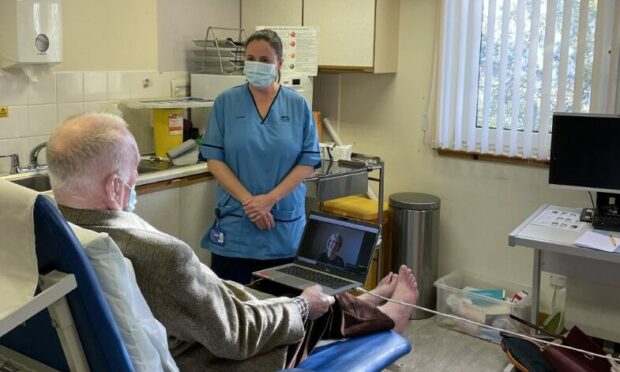
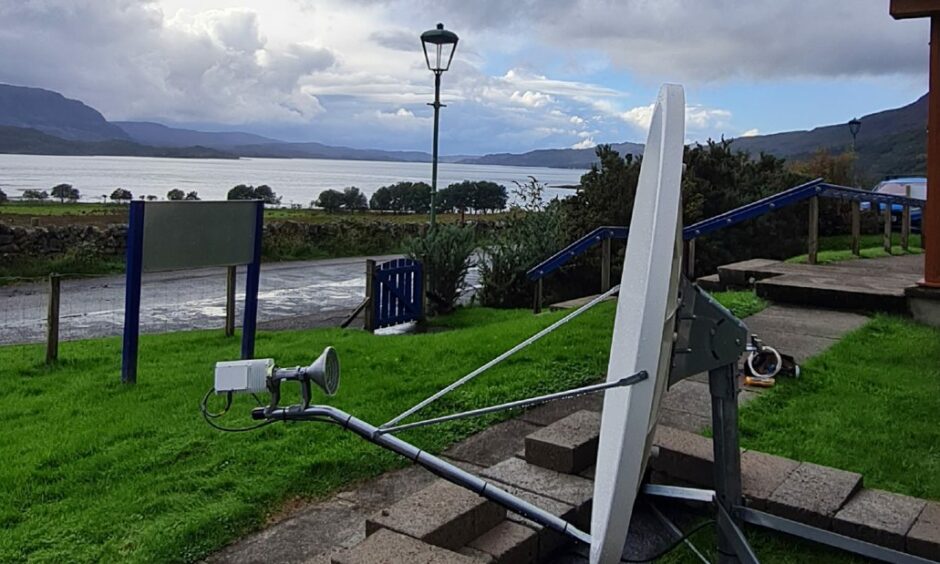
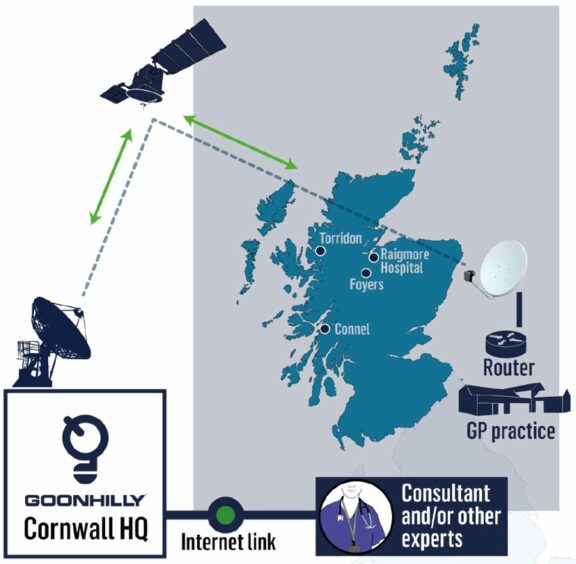
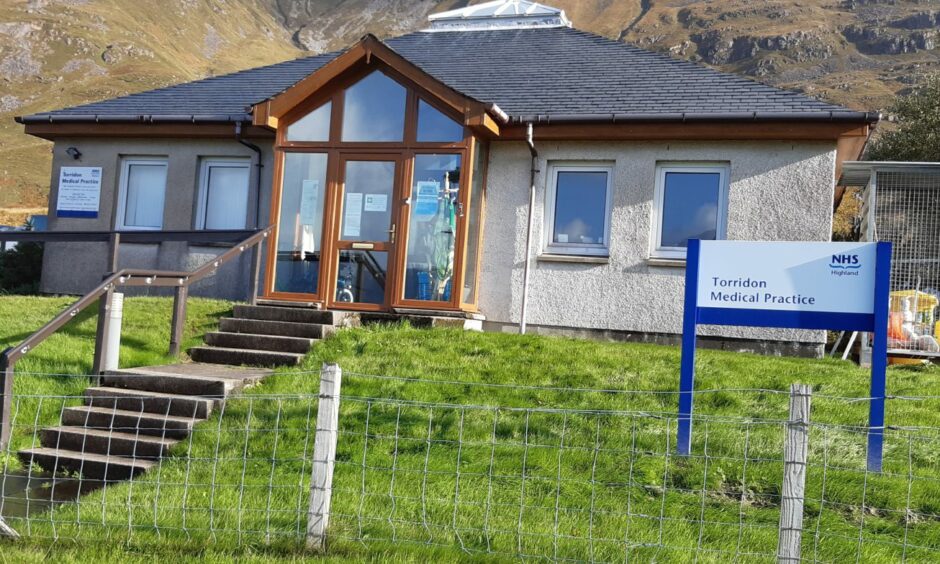
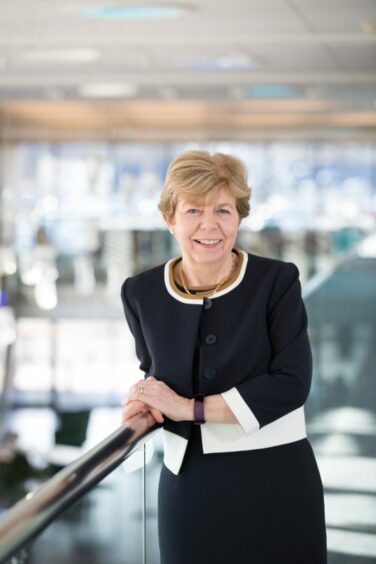
Conversation